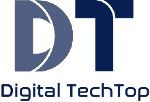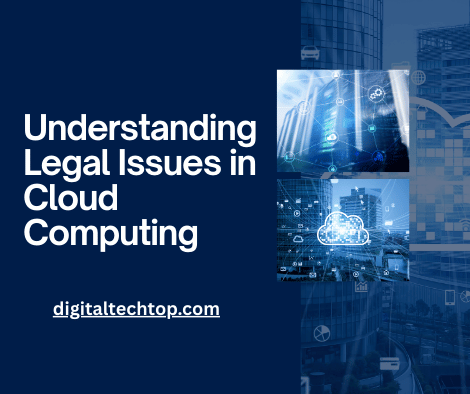Top 3 Risks Involved in Artificial Intelligence

Some of the most serious threats that AI systems pose are those that arise from ingesting data. In particular, data coming from unstructured sources like social media, mobile devices, and the Internet of Things (IoT) poses significant privacy and security concerns. Even if an AI system is programmed to not make any mistakes, it can still deliver inaccurate or biased results. Besides, these models can be easily corrupted and render conclusions that are unreliable. Furthermore, there is a risk that unstructured data could contain sensitive information such as a patient’s name or income.
Human bias can also impact AI systems. While it is perceived that AI systems are immune to bias, the truth is that the data that train them is prone to bias. For example, AI can lead to unfair discrimination, especially for underrepresented groups. Other risks associated with AI include the risk that biased recommendations can hurt consumers or lead to backlash and regulatory fines. AI is also prone to error, so it should be carefully programmed with all relevant information.
Erroneous AI applications can result in legal challenges or even national security. They can also damage public trust. AI systems can also be misused by adversaries, feeding them with disinformation and misinformation. Misconduct in AI can have catastrophic consequences, ranging from damage to reputation to revenue loss. The dangers of AI systems are immense. However, regulatory and public reaction to AI have been relatively moderate.
A key issue for AI users is determining who is responsible for errors. An accident caused by a self-driving car could involve the car’s owner, the car manufacturer, or even the programmer. This creates a significant opportunity cost for AI systems, which may lead to less innovation and trust. The threat of human error and misinterpretation of AI is so great that legislation and regulation will have to be passed.
AI systems are vulnerable to attacks that are undetectable. Attackers can manipulate small input aspects to break patterns that AI models have learned from experience. For example, when a sensor or camera is used to capture physical objects, attackers can craft small changes that will make the object captured. These changes can disrupt the security system, causing it to go offline. However, AI systems can also be compromised by human actors who may be unable to detect the attacks and make use of false data.
The United States has a unique opportunity to weaponize AI attacks against its adversaries. This would turn their developing strength into a weakness. This is especially troubling considering that AI systems are already being used by online platforms to monitor user behavior. A major risk concerns autonomous weapons systems that could destroy or kill humans. Governments are still deciding how to regulate this type of weaponry.
AI-powered systems present specific features that are vulnerable to attack. Because of this, AI systems are subject to attack by adversaries using nontraditional methods. This can happen to the training data set or even to the external objects underlying the AI systems. In order to protect these systems from malicious attack, entities should ensure secure data collection and runtime monitoring and auditing. The risks of AI can be managed but not eliminated.
The danger of model poisoning attacks is a major concern for AI systems. An adversary can corrupt data and poison the AI system with malicious input, causing it to fail. While there are some effective approaches, it is not easy to develop a successful AI risk management strategy. The best way to mitigate these risks is to engage the entire organization. However, the process of identifying the risks and designing controls to protect the system is far more complicated than most organizations realize.
A threat to democracy can arise from AI. This technology is capable of creating fake videos, audio, and images that are incredibly realistic. This presents a serious financial risk, which could threaten elections and disrupt democratic institutions. There are also issues related to freedom of assembly, which may be compromised as AI systems learn to mimic human ability. Ultimately, the technology can cause enormous harm.
The most pressing threat is job automation. AI will eventually replace some jobs, and this trend will continue to escalate. According to a Brookings Institution study, up to 36 million Americans work in jobs exposed to automation. These include retail sales, market analysis, hospitality, and warehouse labor. While these fields are thought to be safe, they will most likely be at risk. In other words, jobs requiring human interaction are more vulnerable to AI.






